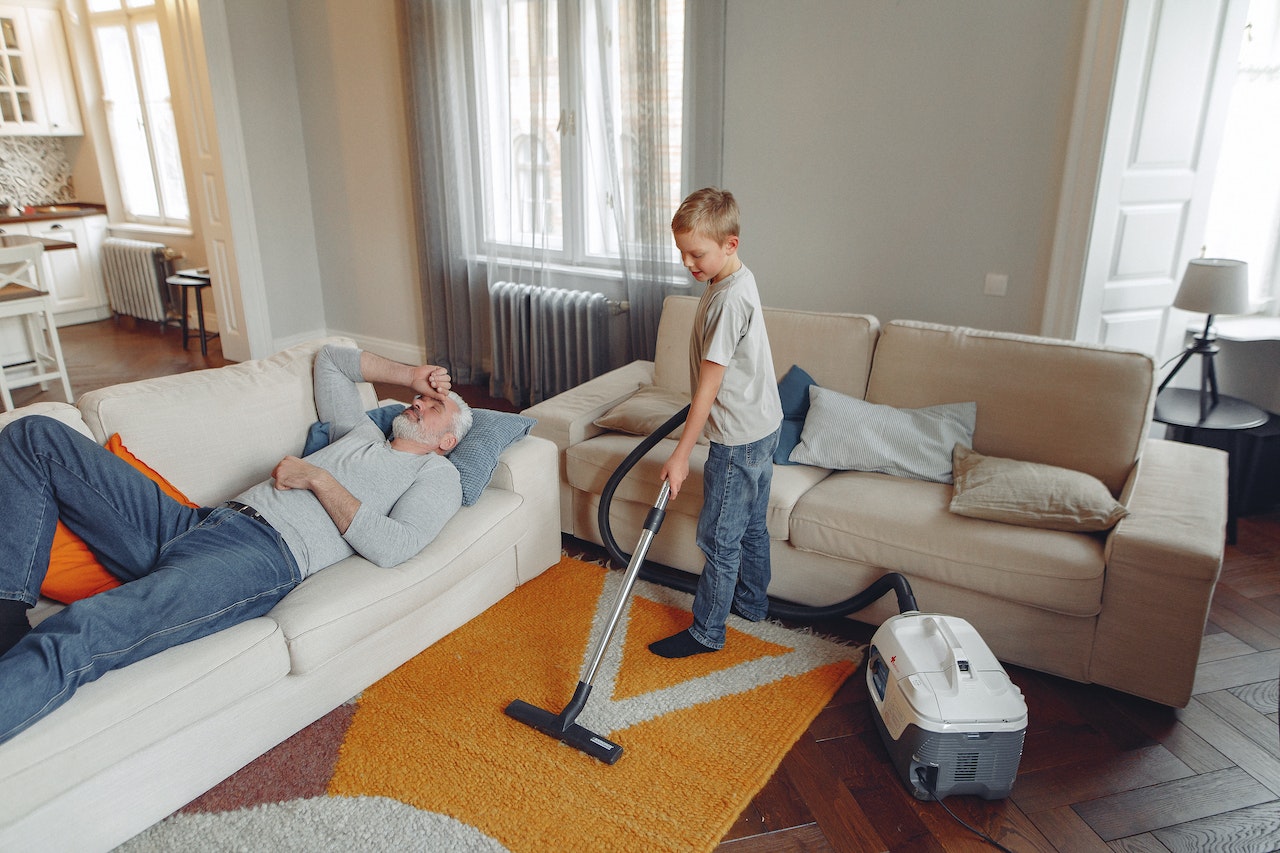Maintaining and cleaning carpets in Hospitals

When choosing to floor for their facilities, environmental carpet washing services managers must be careful. There are many options, and each has its pros and cons. However, carpet is still the most popular choice.
Carpeting is a popular flooring option that is both affordable and durable. Its many health benefits are less well-known. Carpets act as an indoor air filters. They trap dust, allergens, and airborne pathogens within their fibers. This prevents these elements from spreading to other areas. One square foot of carpeting can hold up to a pound’s worth of dirt and dust. Maintaining a routine cleaning and maintenance program that includes regular vacuuming and professional deep cleanings is important. This will ensure that your carpeting can support cleaner and healthier air.
Here are some tips to help you choose the right carpet for your space and how to clean it.
Carpet selection 101
The right carpet material will make meeting rooms, waiting areas, and other high-traffic areas more comfortable, safer, and healthier. A commercial-grade, low-nap nylon carpet is best for a healthcare facility. This carpet is resistant to stains and resilient and can be cleaned easily and more quickly than other types.
It’s also important to note that most dirt from outside gets stuck in the carpet within 30 feet of the entryway. A University of Arizona study found that nine types of bacteria and pathogens can survive on shoes. They can then be brought into homes or other indoor spaces. Carpets and rugs play a significant role in trapping allergens, and bacteria and keeping them from spreading in the air. Therefore, it is important to place walk-off mats at all entry points to prevent soil and other harmful elements from getting into your facility. This helps keep your commercial carpet and prolongs the life of your flooring.
The best and safest way to clean carpeting.
Carpets must be cleaned most safely and effectively as possible at hospitals and other healthcare facilities. Extraction cleaning, which involves pulling up carpet fibers and removing them from the facility using hoses or extraction tanks, is the best way to remove dirt, allergens, and excess cleaning products. Do not use detergents, soaps, or surfactants during your carpet cleaning. These are less healthy and can cause the carpet to become dirtier faster. For maximum safety and longer carpet life, choose services that use nontoxic cleaners and sanitizers.
To minimize disruption and inconvenience to daily activities and routines, plan the cleaning for the slowest time of the day. Wet-floor signs are a good way to inform residents and patients that the cleaning is underway. This is especially important near transition areas. To make it easier for people with wheelchairs or crutches to step on hoses and other equipment, you can use hose ramps.
To avoid additional safety and health risks, make sure you choose a method that can dry in a matter of hours. Traditional steam cleaning, which uses excessive amounts of water, can take several days to dry carpets. This not only causes slip-fall problems but can also cause damage to the backing of your carpets and make it a breeding ground. These risks are not present in shorter drying times. Fans can be used to reduce drying times for any cleaning method.
How often should carpets be cleaned in hospitals?
Carpet maintenance is a matter of principle. Benjamin Franklin’s famous quote “An ounce of prevention is worth a thousand cures” applies to carpet care. Carpets can hold a lot of dust and other allergens. However, they should be maintained regularly to prevent them from getting too dirty and keep them clean so that they can continue to serve their important role as air filters. If soil is beginning to collect in traffic lanes, you have likely waited too long. It is safer for patients and residents to use the right steps to prevent carpet damage. Carpet replacement will cost you far less than regular carpet cleaning.
Carpets should be professionally cleaned and sanitized at least once every six months. Many facilities also do this quarterly, if not monthly. Carpets should be maintained regularly. You should also clean areas that are more frequent, like hallways and entryways.
Carpet life extension and minimization of damage
Regular cleaning is the most important step in carpet maintenance. It involves three steps
- Vacuum regularly and thoroughly. Use commercial vacuums with an adjustable brush/beater bar and a microfiltration system. Vacuums that are high quality and cost-effective are worth it.
- Professional extraction cleanings are performed once a quarter in high-traffic areas, and every six months otherwise. Make sure you choose a company that only uses non-toxic cleaning products. They also offer sanitizers for your carpets and protect your carpets. To avoid mold and bacteria growth, drying times should take place within a few hours.
- Spot cleaning/surface Cleaning: There will always be spillages and spots. The easiest way to get rid of a spot is to treat it as soon as possible. As part of an ongoing maintenance plan, many cleaning companies offer spot-cleaning services. Spot cleaning can be tricky so avoid products with a lot of surfactants or soaps. These products tend to leave a residue that attracts dirt. To remove any liquids or prevent them from getting deeper into carpet fibers, the best first treatment is to simply blot up any new spots with a clean, dry cloth.